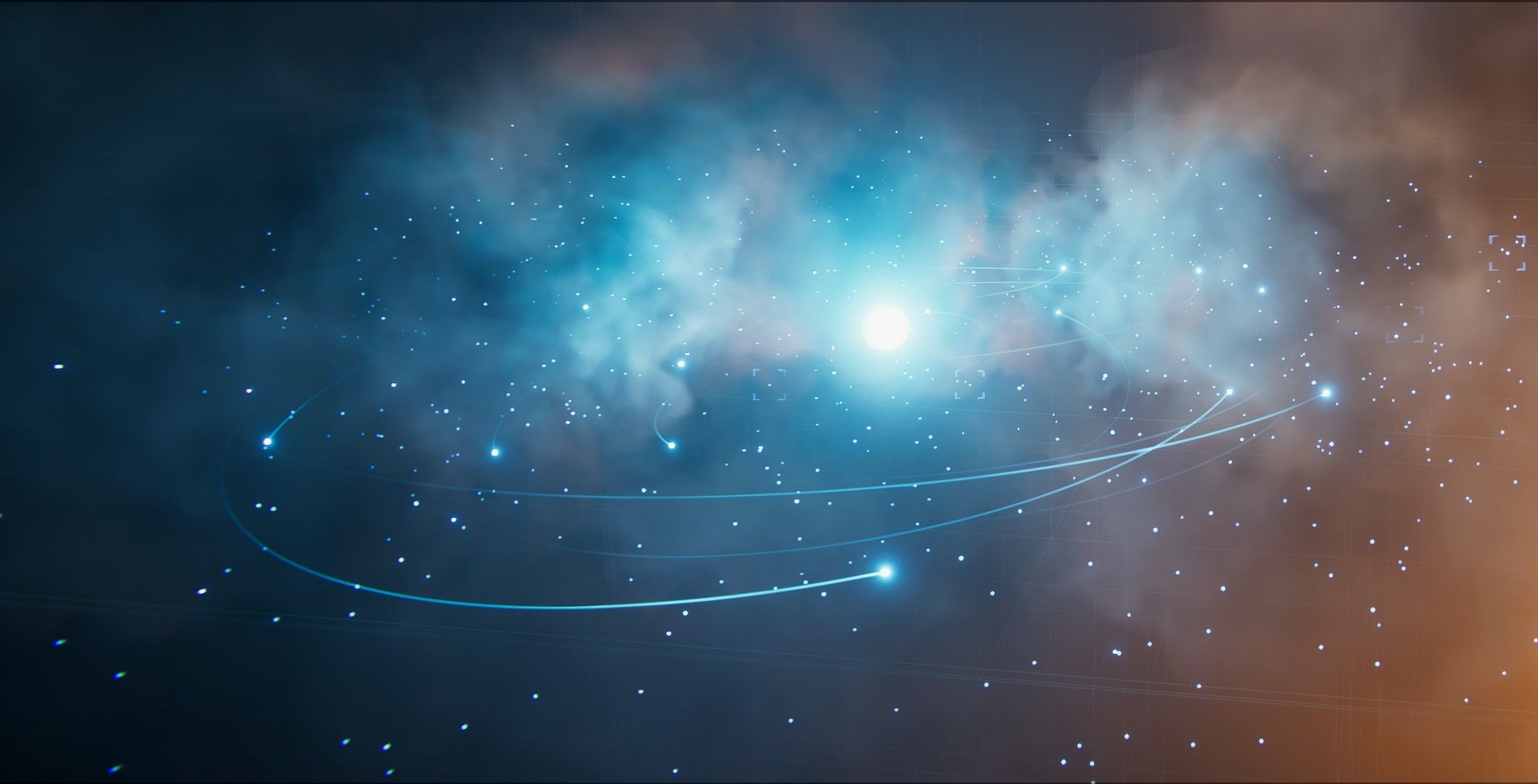
VFX Graph
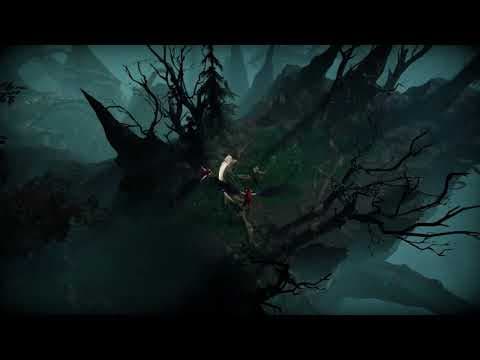
VFX en temps réel
Cette solution basée sur des nœuds visuels vous permet de concevoir des effets visuels, des comportements de particules simples aux simulations complexes fonctionnant sur le GPU.
Disponible pour PC, consoles, XR et mobiles haut de gamme, VFX Graph a été utilisé dans des jeux tels que V Rising, Road 96, Hardspace: Shipbreaker, et Syberia: The World Before
Créez des effets procéduraux sans code
Inspiré par les outils de film de premier plan, VFX Graph combine des blocs, des nœuds et des séquenceurs pour vous aider à créer des effets visuels plus puissants.
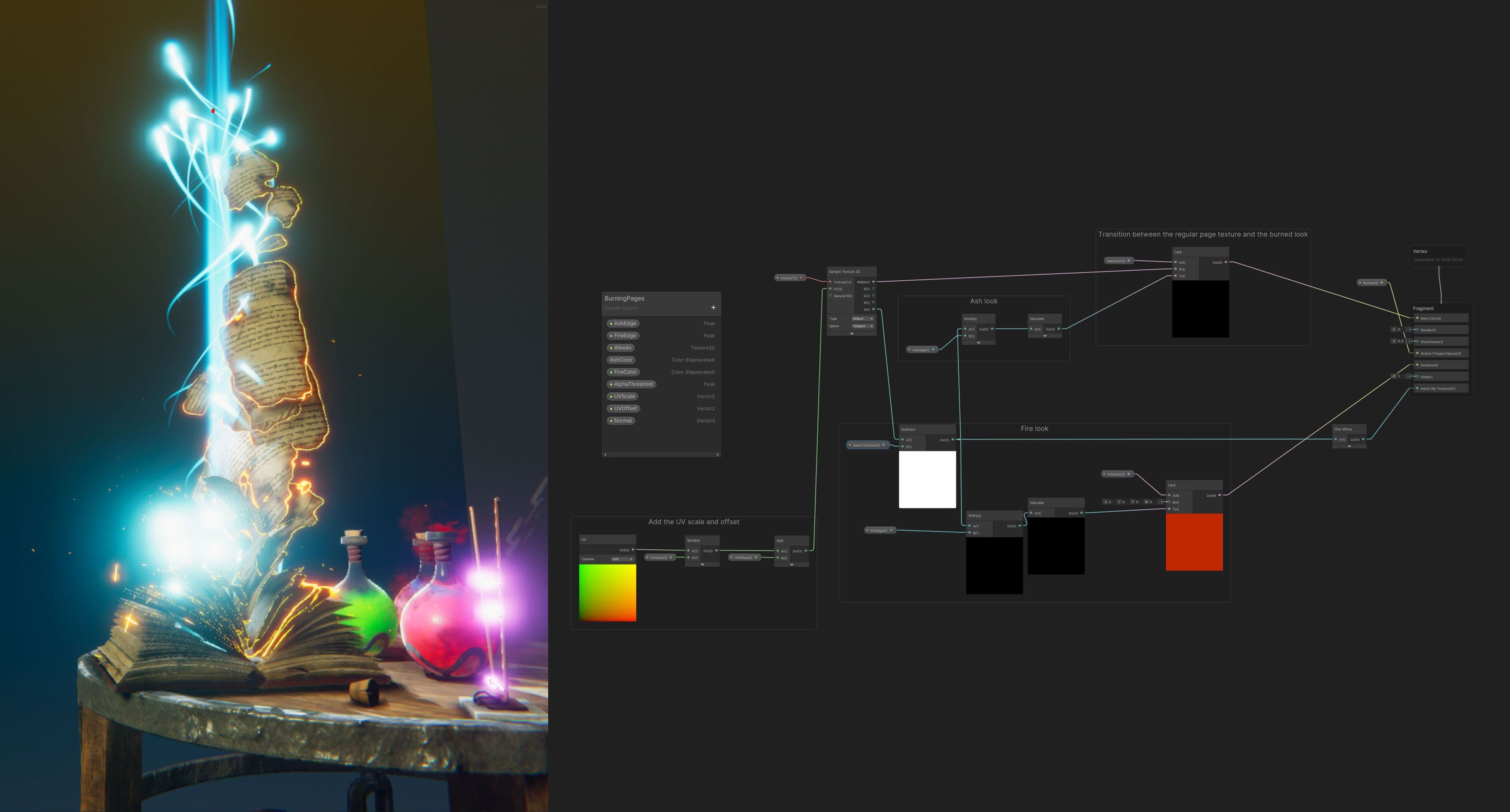
Création visuelle
VFX Graph utilise un mélange de flow- (vertical) et de node- (horizontal) basé sur la création. L'auteur de flux assemble des blocs de construction pour le lancement, l'initialisation, la mise à jour et les étapes de rendu sur lesquelles une combinaison de nœuds peut être branchée pour créer des effets procéduraux avancés. La recherche de nœuds, Notes Collantes et Sous-graphes vous permettent de construire et d'organiser vos effets de manière efficace. Avec le panneau utilitaire Tableau Noir des Graphiques VFX, vous pouvez exposer des propriétés afin que d'autres utilisateurs comme des artistes ou des concepteurs de jeux puissent personnaliser les effets selon leurs besoins.
Créez shaders de particules en utilisant l'outil basé sur des nœuds de Unity Shader Graph, et séquencez plusieurs effets ensemble ou des événements au sein d'un effet en utilisant l'intégration des Graphiques VFX avec Timeline.
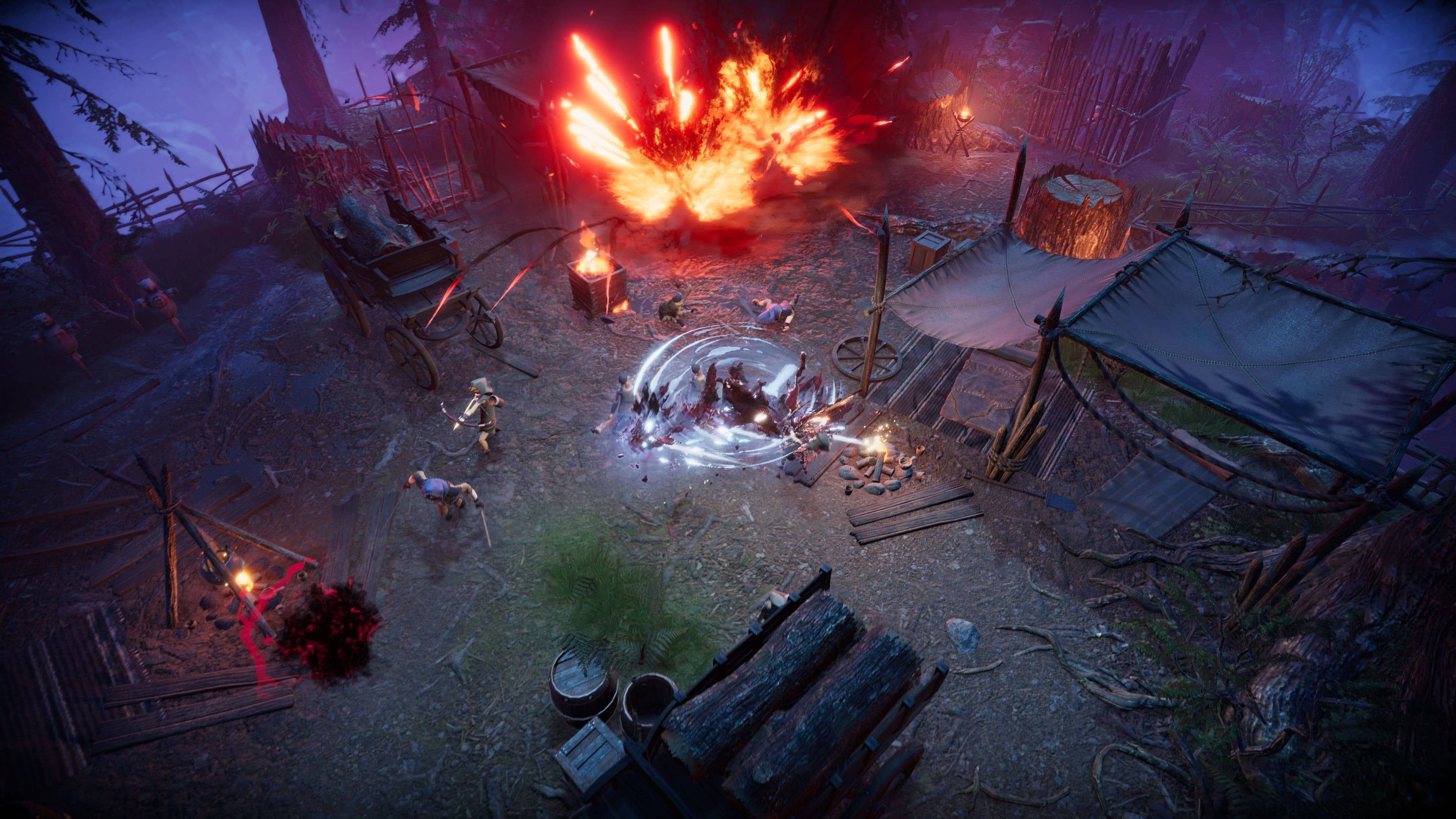
Simulez des millions de particules
Exploitez la puissance du GPU pour émettre et simuler des millions de particules en temps réel.
Émettez des particules à partir de points (par exemple des feux d'artifice), de formes (poussière dans une pièce), de textures 2D ou 3D, de surfaces comme des maillages statiques et animés, ou des champs de distance signés (un personnage se transformant en sable), des caches de points, des tampons de caméra (un monde en dissolution), ou des tampons structurés pour échantillonner des données personnalisées comme des statistiques ou votre propre simulation.
Chaque générateur peut contrôler le temps, la boucle et le délai pour émettre des particules un nombre défini de fois avec des intervalles et des durées prédéterminés, et être mis à jour en utilisant diverses forces ou systèmes de turbulence pour générer des systèmes réalistes.
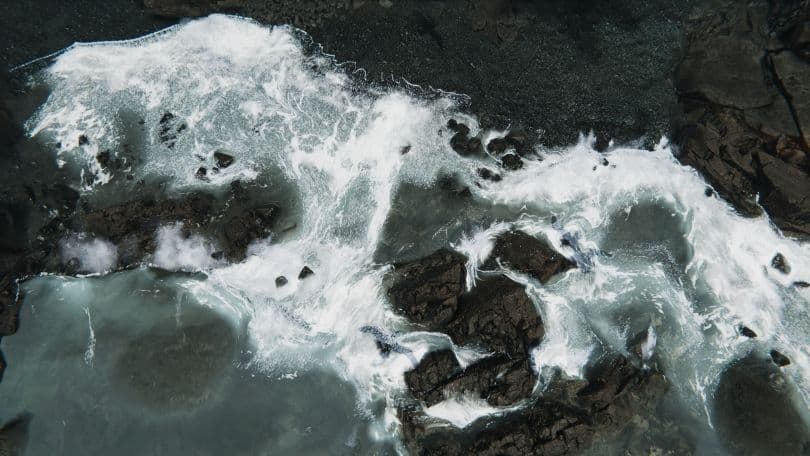
Rendu avancé
Les Graphiques VFX fonctionnent avec le Pipeline de Rendu Universel (URP), Rendu 2D de l'URP, et le Pipeline de Rendu Haute Définition (HDRP).
Vous pouvez rendre des centaines de milliers de particules de nombreux types en temps réel : Utilisez Points pour créer de la neige ou de la poussière ; primitives procédurales comme des quads, des triangles ou des octogones pour de petites particules comme des feuilles ; des flipbooks pour des particules animées comme de la fumée ; des maillages pour rendre des objets plus complexes comme des débris ; des lignes pour créer des étincelles ; ou des bandes pour créer des traces de véhicules ou des tentacules. Vous pouvez même modifier le monde en utilisant distorsion dans HDRP pour simuler la chaleur ou émettre Décalcomanies pour rendre des impacts, des taches brûlées ou des taches de peinture.
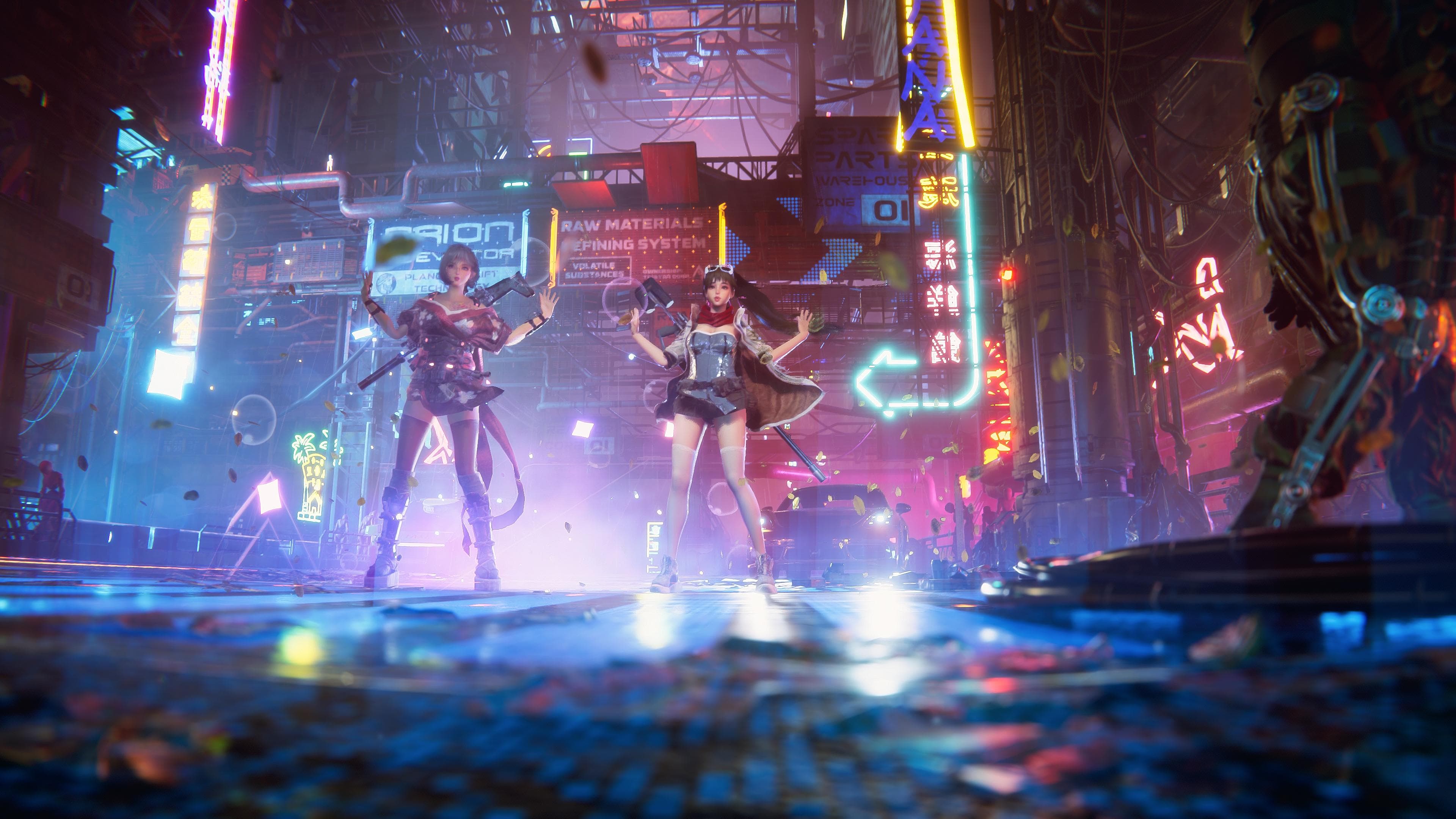
Shaders de particules puissants
Les Graphiques VFX offrent des matériaux préfabriqués avec un ensemble complet de paramètres prêts à l'emploi pour ombrager les particules les plus courantes.
Pour des effets plus avancés, vous pouvez créer visuellement vos propres shaders de pixels et de fragments avec Shader Graph et les utiliser dans les Graphiques VFX. Cette approche vous permet de créer des apparences personnalisées, d'utiliser des modèles d'éclairage avancés comme les shaders de cheveux et de tissus de HDRP, ainsi que d'animer des sommets pour déformer ou animer des particules sur le GPU pour des effets comme des bulles ou des volées d'oiseaux.
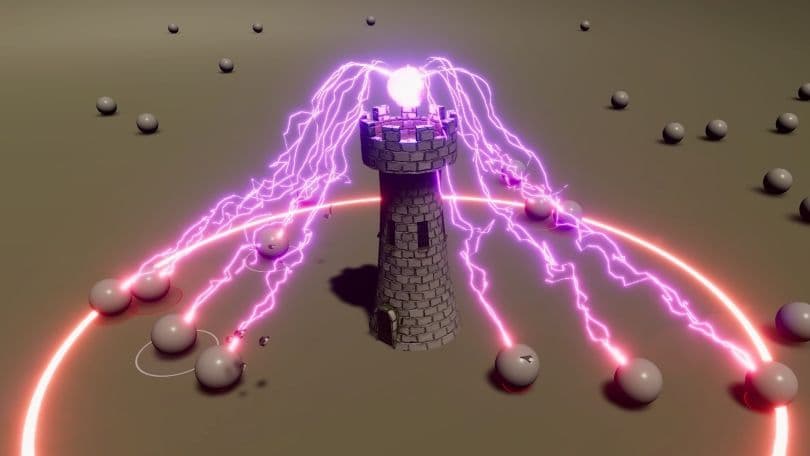
Particules dynamiques et interactives
Construisez des particules qui peuvent interagir avec le monde de plusieurs manières créatives. Des étincelles ou des débris pourraient entrer en collision ou être attirés par des objets environnants en utilisant des primitives physiques personnalisées en utilisant le Tampon de Profondeur de la Caméra sur un monde entier, ou Champs de Distance Signés pour des objets plus complexes.
Utilisez Événements pour déclencher des systèmes, par exemple produire de la fumée lorsqu'un météorite frappe le sol. Événements de Sortie peuvent être envoyés pour déclencher des systèmes en dehors des Graphiques VFX, comme déclencher un tremblement de caméra lors de l'impact.
Pour des effets encore plus riches, on peut échantillonner des données avancées d'une simulation personnalisée ou des chiffres d'une base de données en utilisant tampons graphiques.
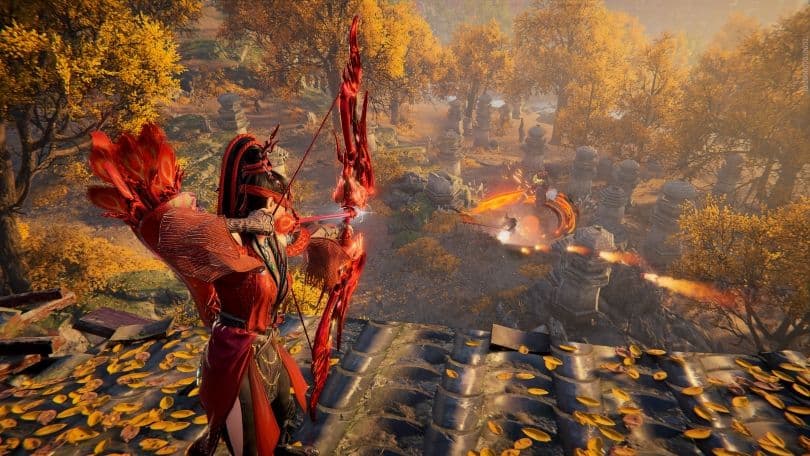
Performance optimisée
En exécutant à la fois la simulation et le rendu sur le GPU dans un seul programme, VFX Graph peut exécuter des particules complexes et riches sans aller-retour avec le CPU.
Un système de volume de délimitation avancé et configurable et des options de culling vous permettent de ne pas rendre les effets qui ne sont pas visibles.
Pour économiser des performances lors du rendu de nombreux objets complexes, les mesh LODs permettent d'utiliser des représentations simples lorsque l'objet détaillé n'est pas nécessaire, et tirer parti de l'option de transparents basse résolution d'HDRP peut limiter les surcharges coûteuses.
Enfin, vous pouvez exécuter des centaines d'instances du même effet de manière efficace en utilisant le nouveau système d'instanciation.
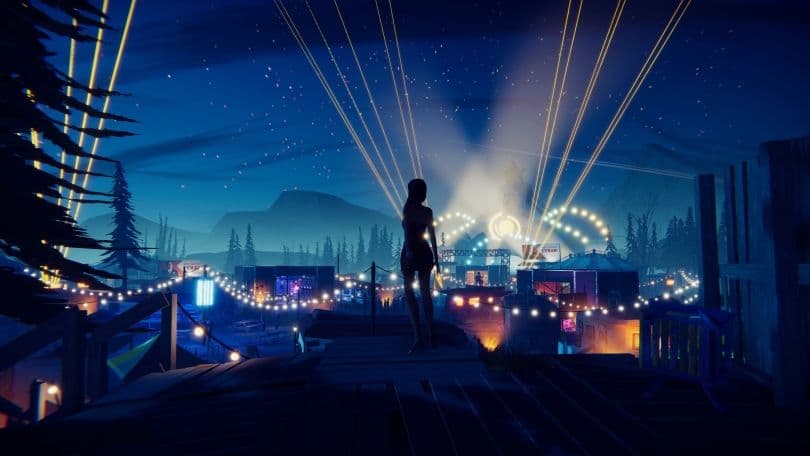
Une chaîne d'outils puissante
Les VFX sont souvent composés de données sources provenant de différents logiciels. Pour aider à générer certaines de ces données, des plug-ins pour Houdini sont fournis pour exporter des caches de points, des champs vectoriels, des champs de distance signés, et des textures d'animation de vertex (VAT).
L'importateur de Texture 3D d'Unity vous permet d'importer et de prévisualiser des Volumétriques, des Tranches, et des Champs de Distance Signés directement utilisables dans VFX Graph.
Pour réduire les temps d'itération et les erreurs lors du changement d'un actif source, vous pouvez directement cuire les caches de points dans l'éditeur, cuire les champs de distance signés dans l'éditeur ou à l'exécution, ou itérer sur des textures Flipbook dans l'éditeur, sans avoir besoin de rouvrir un autre logiciel.

Outils éprouvés en production
VFX Graph a été utilisé dans plusieurs jeux, films et applications sur diverses plateformes, y compris V Rising, I Am Fish, Road 96, Syberia: The World Before, performances en direct, et des applications XR.
En savoir plus sur la façon dont VFX Graph a été utilisé dans Hardspace: Shipbreaker, et dans certaines de nos productions internes avec des plongées approfondies dans Améliorer les VFX dans l'échantillon FPS, Flux de travail VFX en temps réel dans The Heretic, ou le décomposition VFX de la démo de vaisseau spatial.
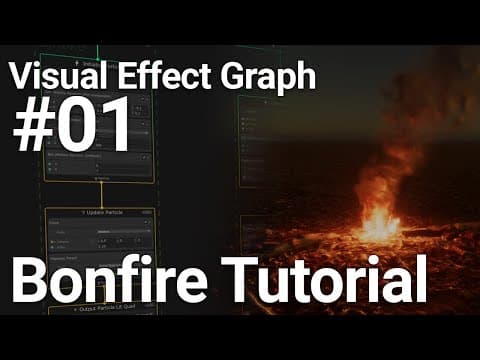
Commencer avec VFX Graph
Plongez dans notre série de tutoriels d'introduction pour VFX Graph et le rendu de particules sur HDRP.
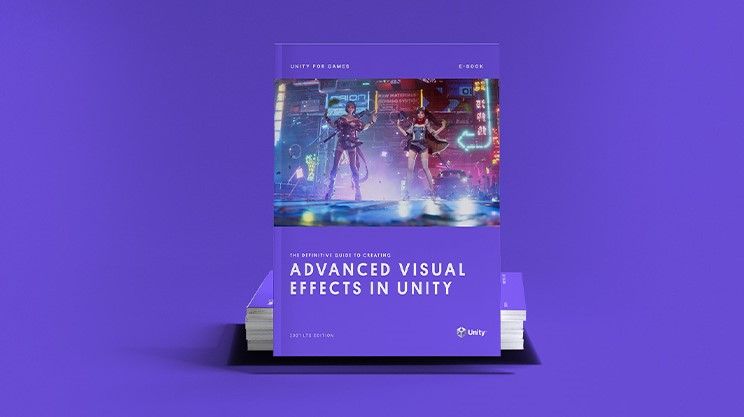
Guide définitif des effets visuels
Apprenez à utiliser l'ensemble complet d'outils de Unity pour créer des effets visuels de haute fidélité et richement détaillés.
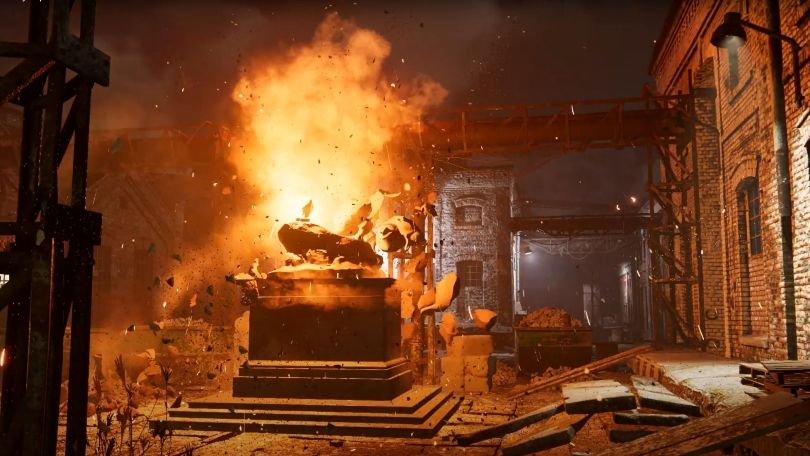
Éclairage réaliste de la fumée avec VFX Graph
Découvrez la nouvelle solution de Unity pour simuler et rendre de la fumée et des explosions en temps réel, élevant les effets à un niveau supérieur de fidélité visuelle.

Guide de Unity pour les artistes techniques
Accédez à un guide étape par étape des principaux ensembles d'outils et des flux de travail derrière les visuels de jeu avancés pour les artistes techniques dans Unity.
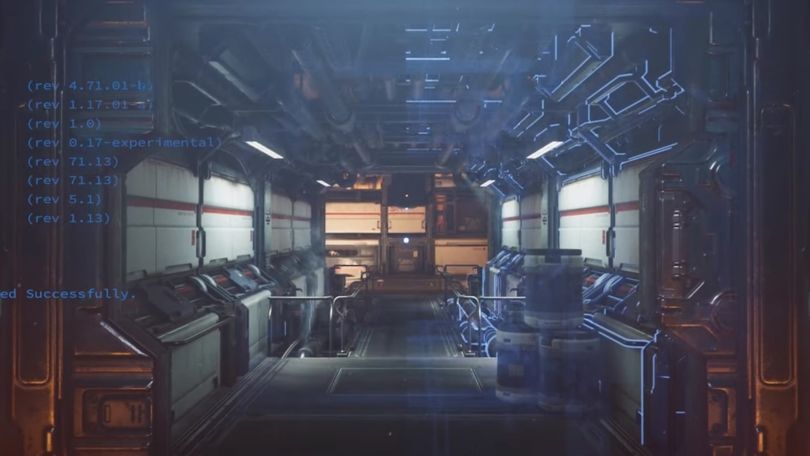
Apprenez d'une véritable production
Apprenez à utiliser, configurer et intégrer des effets visuels dans une véritable production de jeu avec notre démo de vaisseau spatial, un extrait vertical de jeu publié sur Steam.
Solutions VFX de l'Unity Asset Store
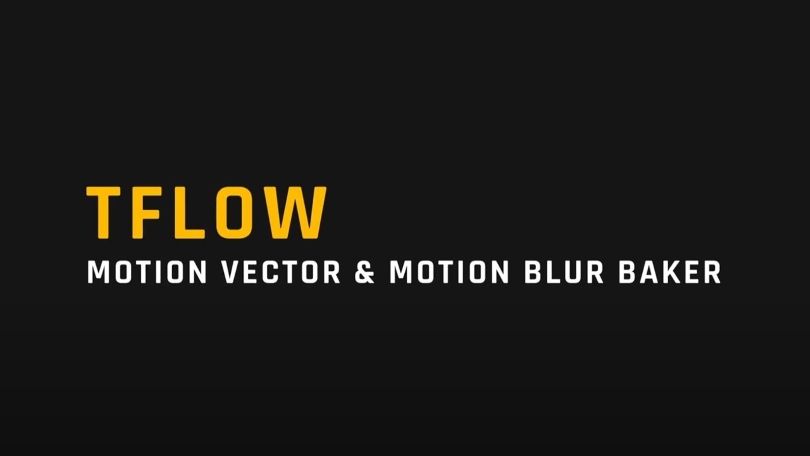
TFlow
De la cuisson du flou de mouvement à l'intensité du mouvement et plus encore, TFlow est un générateur de vecteurs de mouvement et de flou de mouvement qui augmente l'utilité et la qualité de vos flipbooks.

Packs d'actifs de Gabriel Aguiar Prod
Des fumées stylisées à la pluie de météores et aux orbes électriques, découvrez les actifs VFX optimisés et prêts à l'emploi de Gabriel Aguiar, tous créés avec VFX Graph, Shader Graph ou Shuriken.
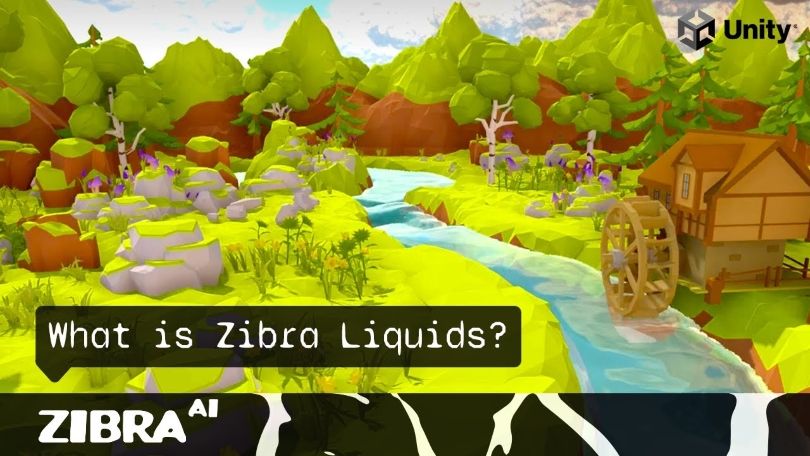
Zibra Liquids
Créez des simulations fluides en temps réel époustouflantes pour améliorer les performances, l'esthétique et le réalisme de votre jeu.

Arsenal VFX – Flamme et Choc
Créez et personnalisez des VFX de qualité premium réalistes et stylisés en utilisant HDRP et VFX Graph.
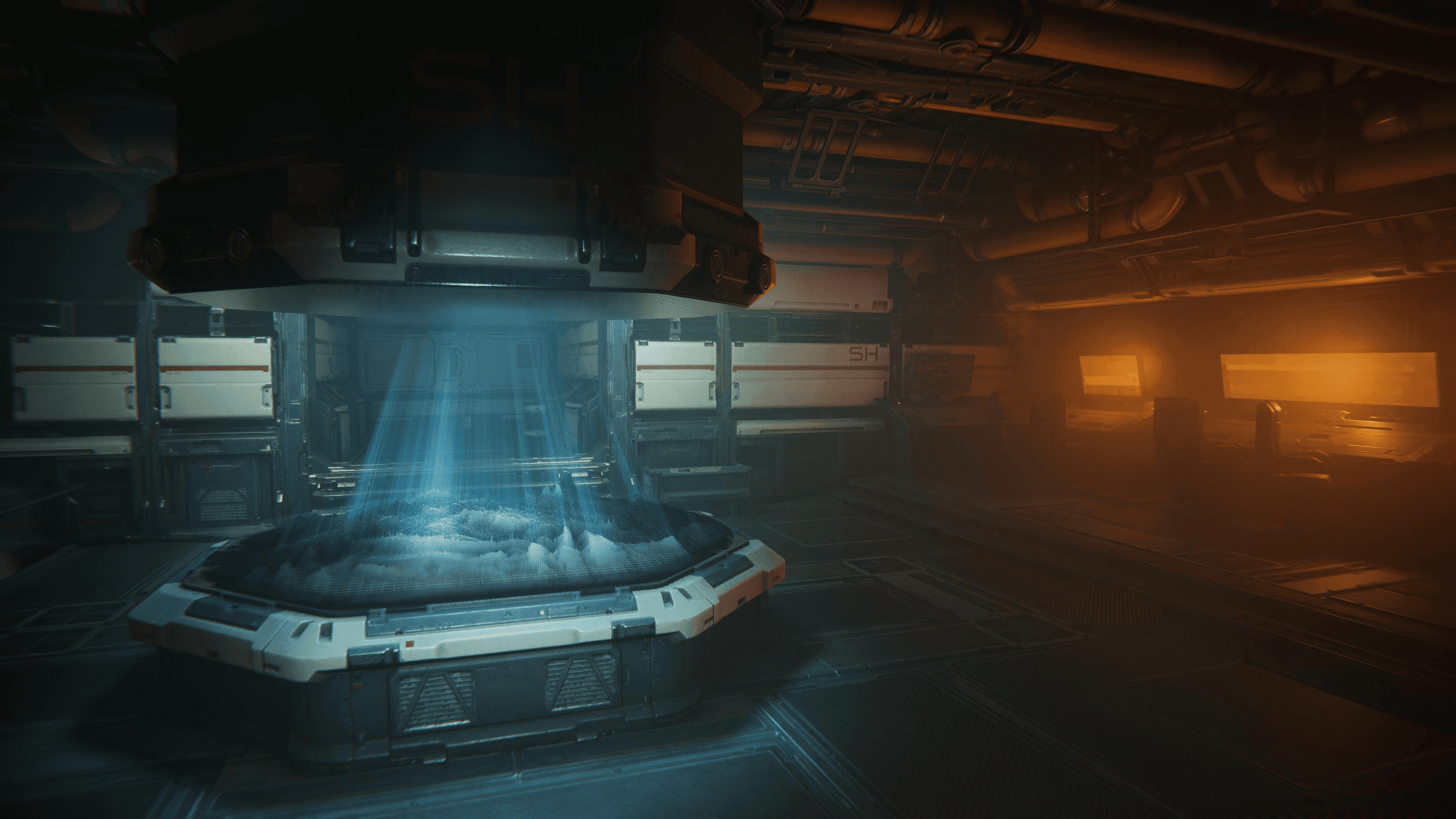
Les puissantes solutions conviviales pour les artistes d'Unity vous aident à bénéficier d'une plus grande flexibilité avec des outils spécifiquement conçus pour vous aider à travailler plus rapidement, en temps réel.